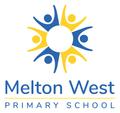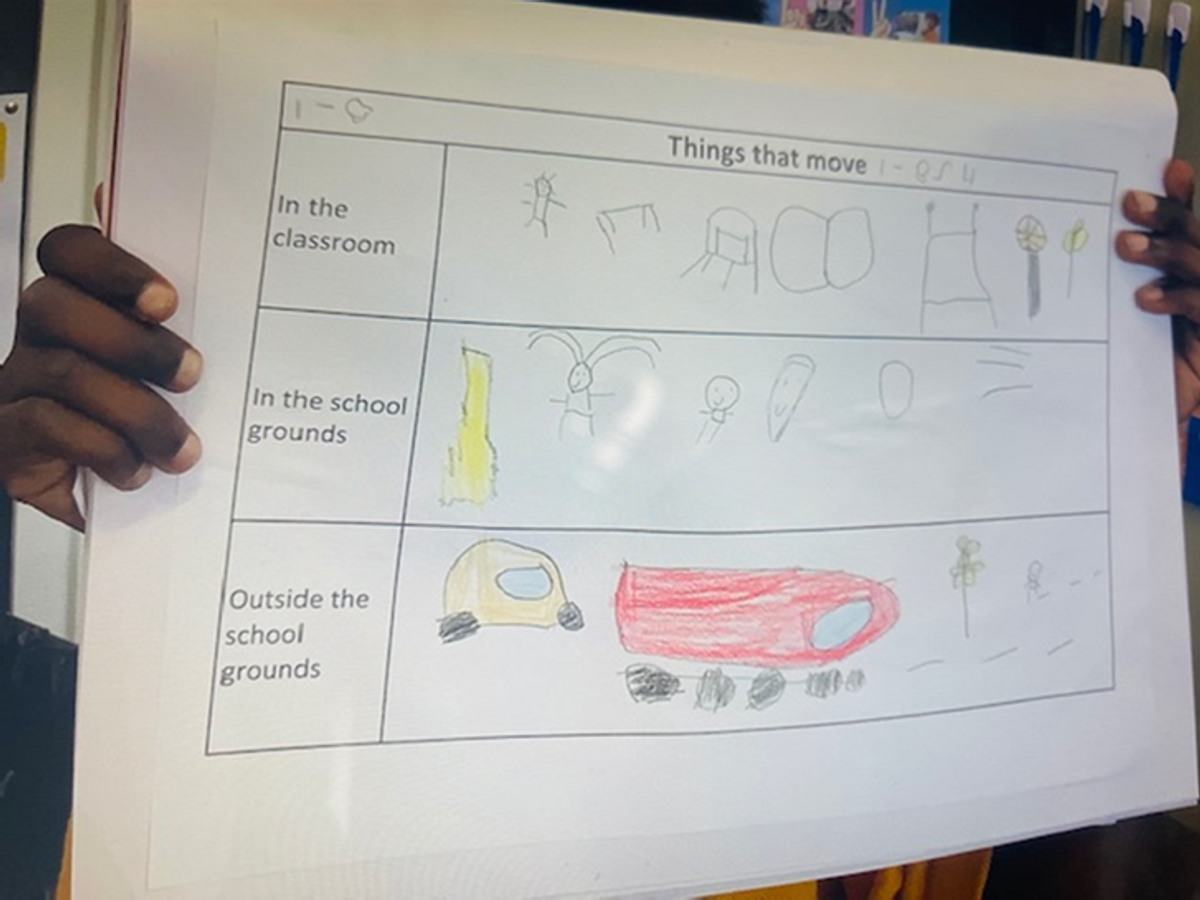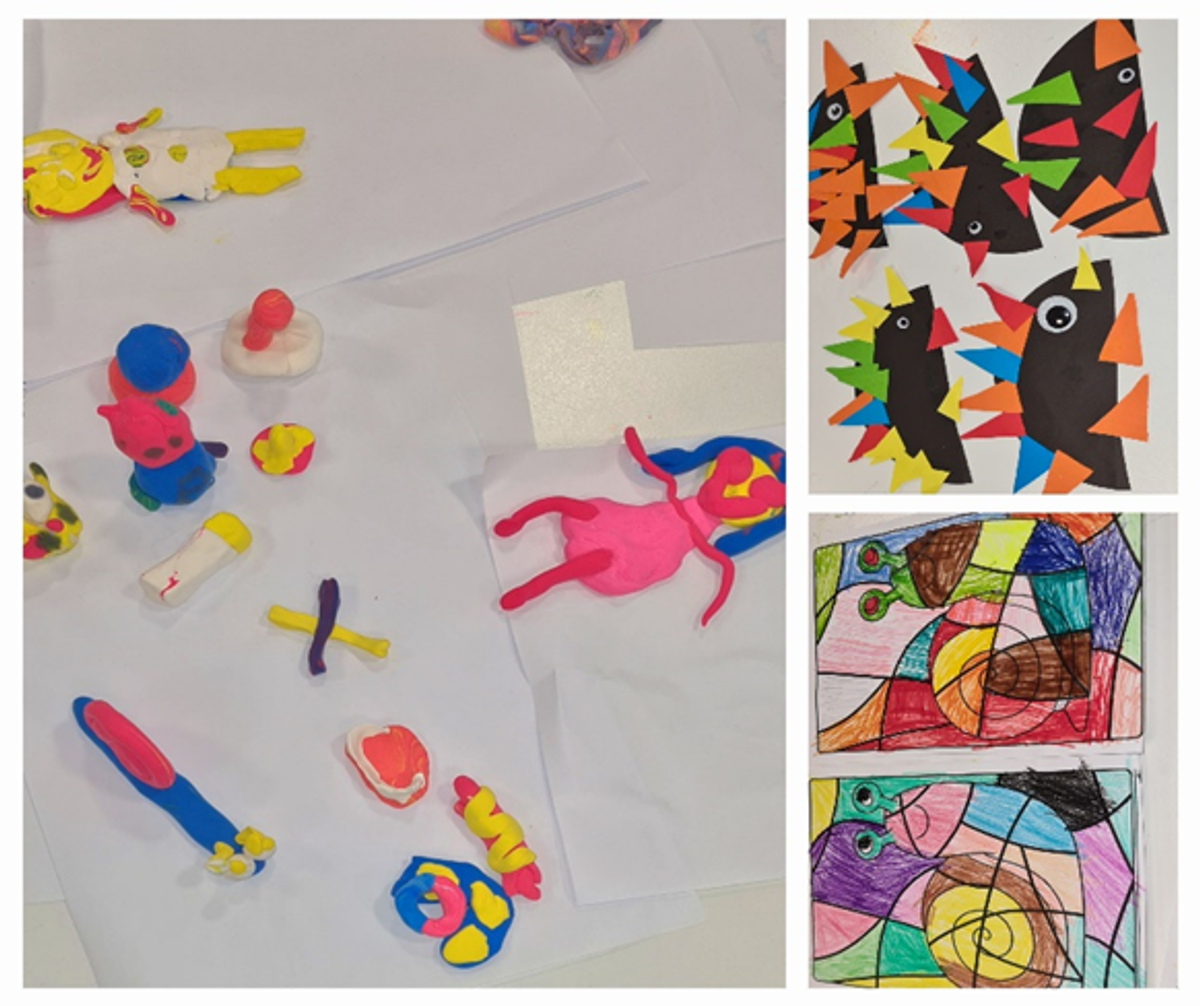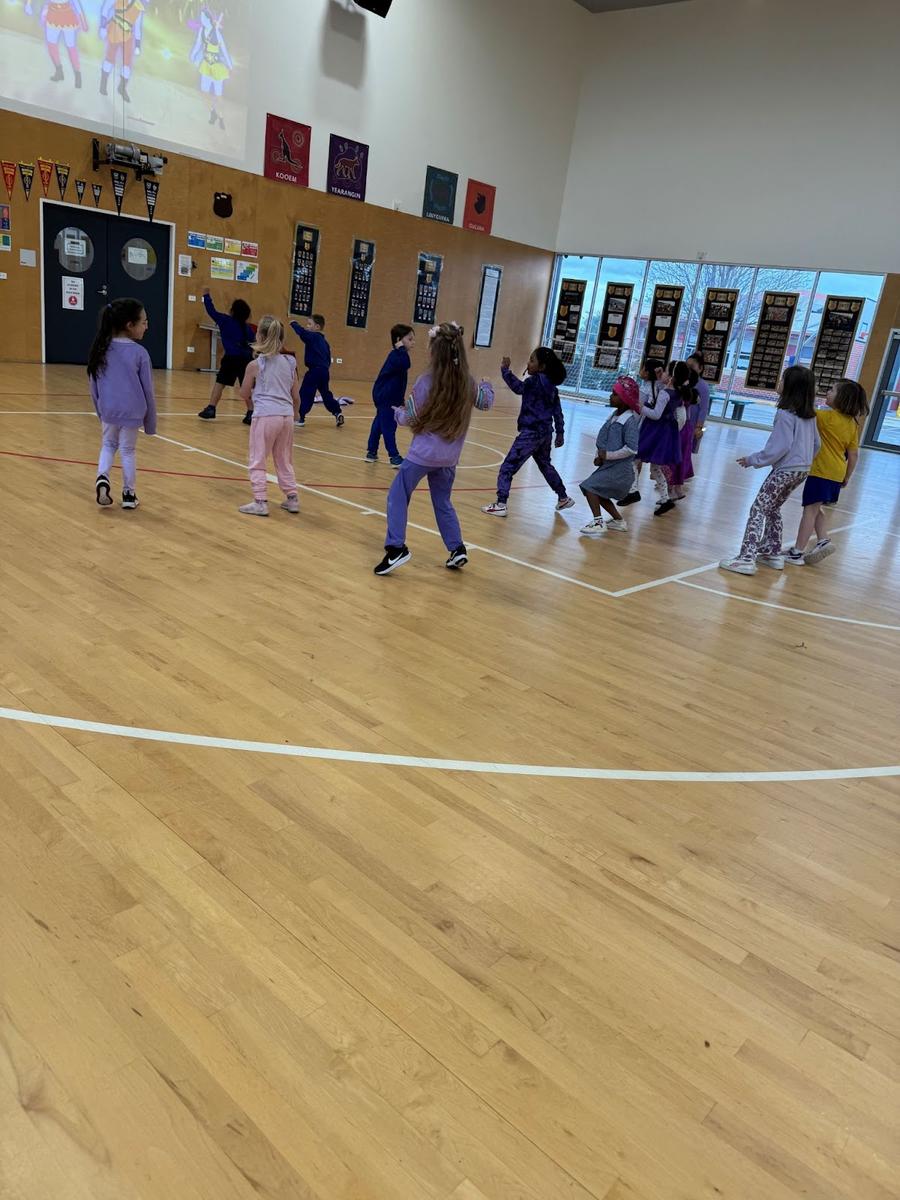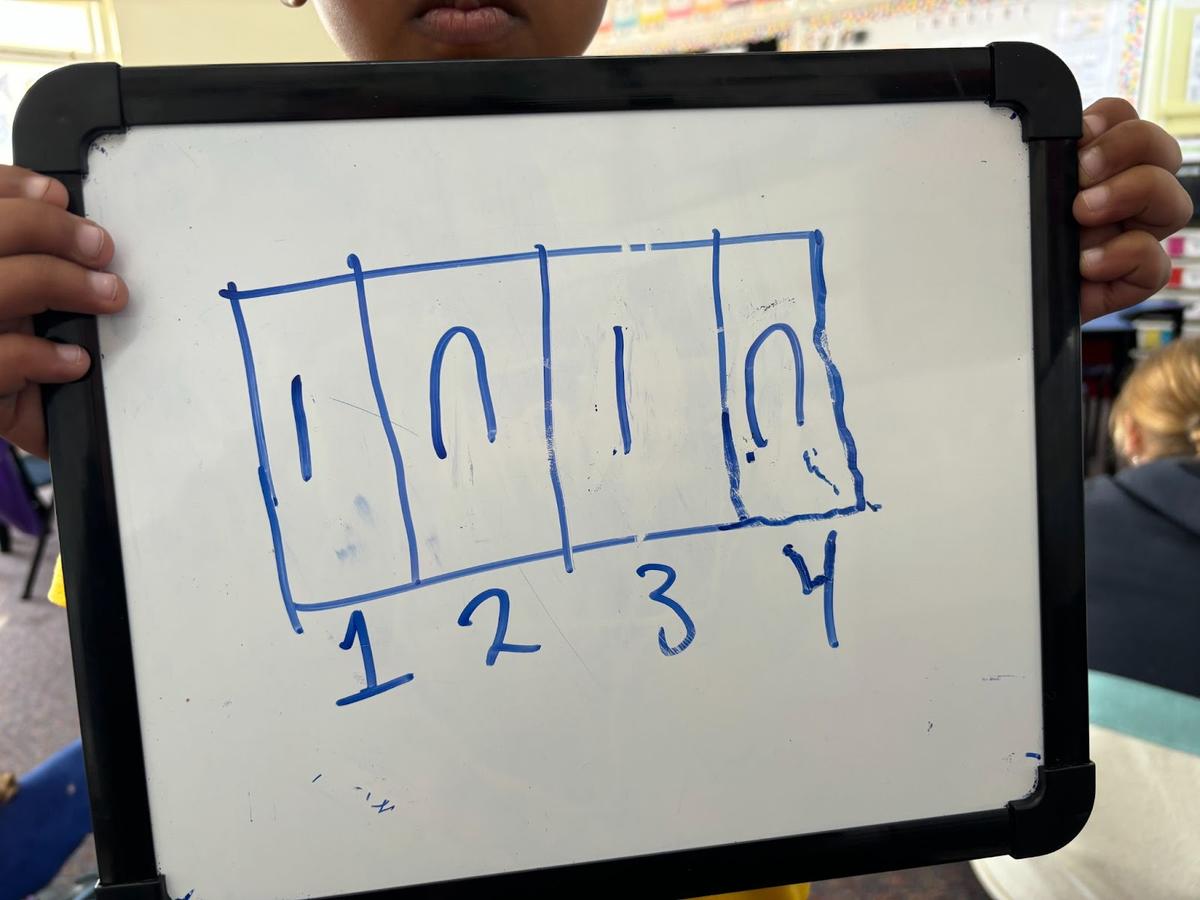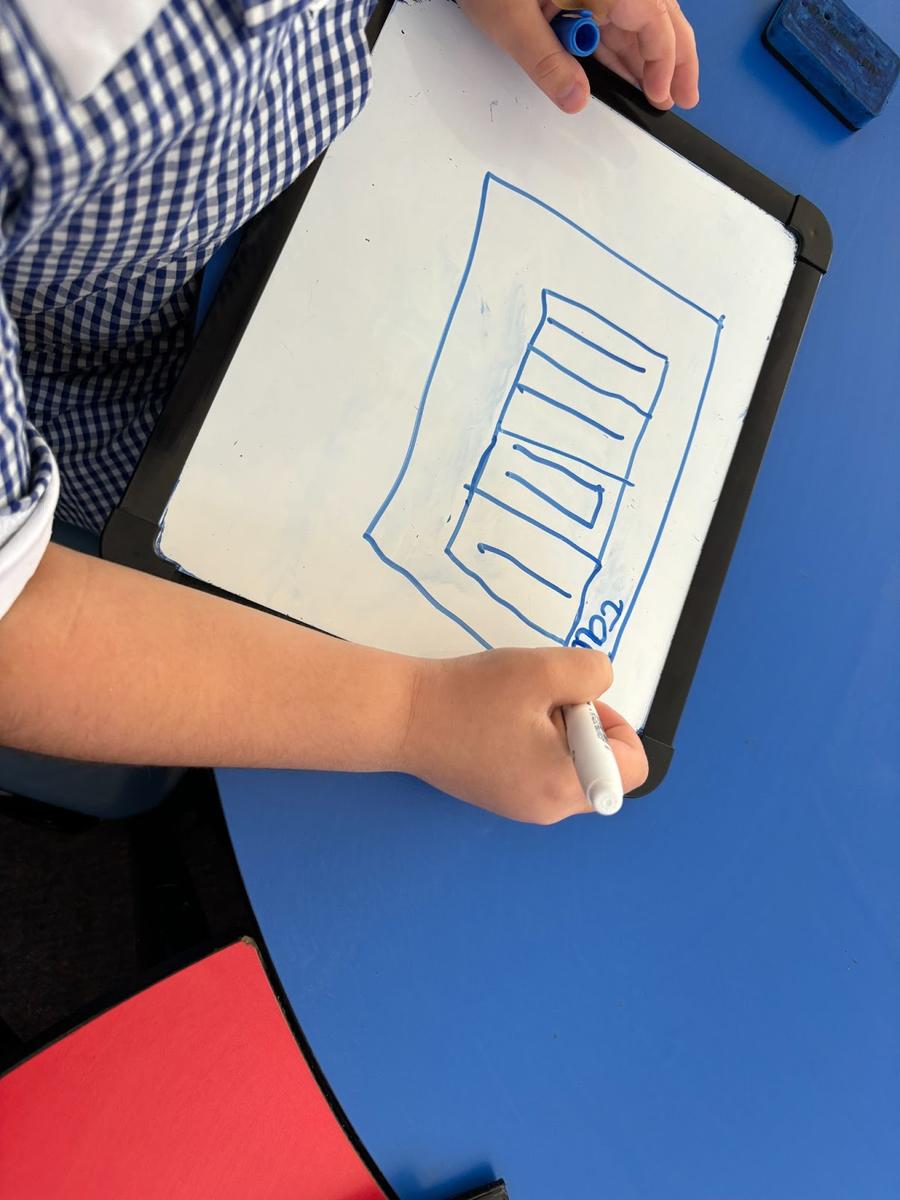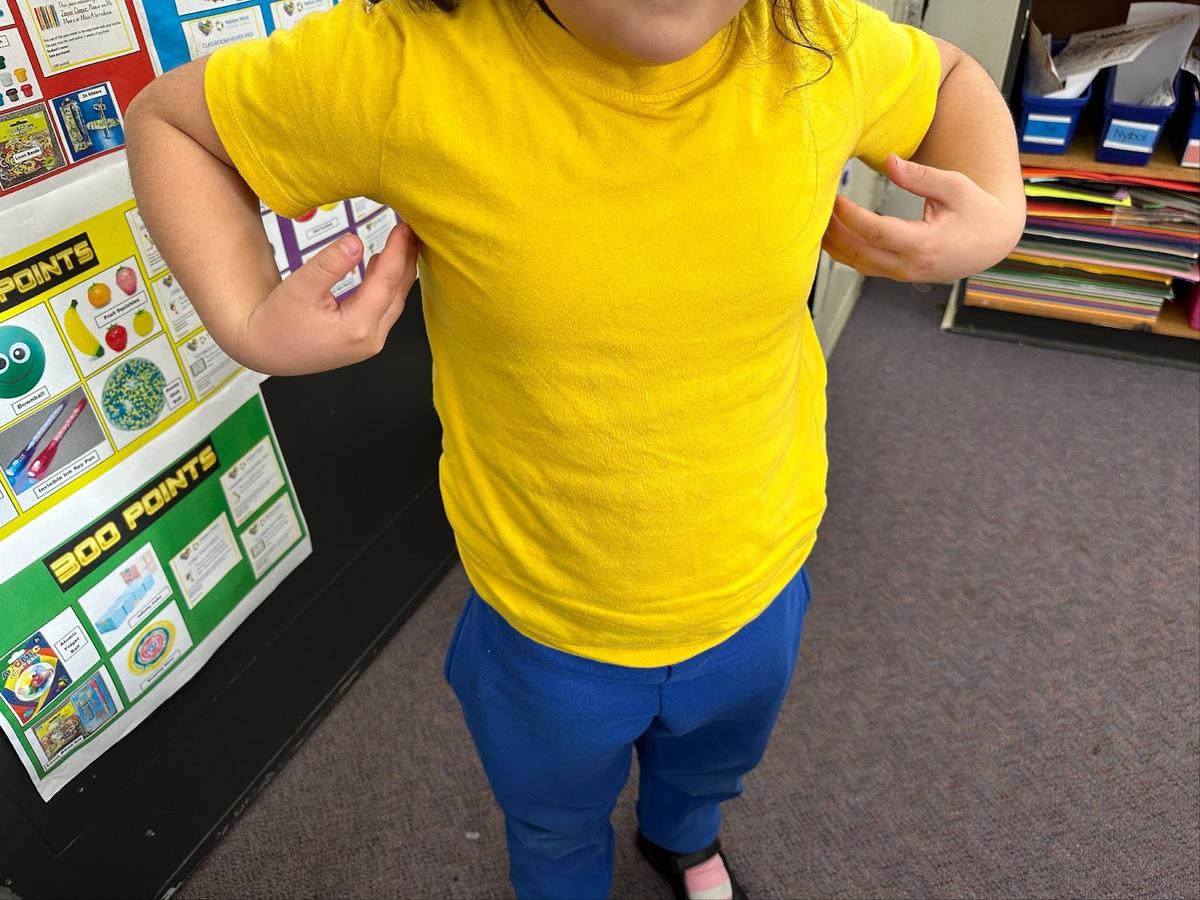Prep
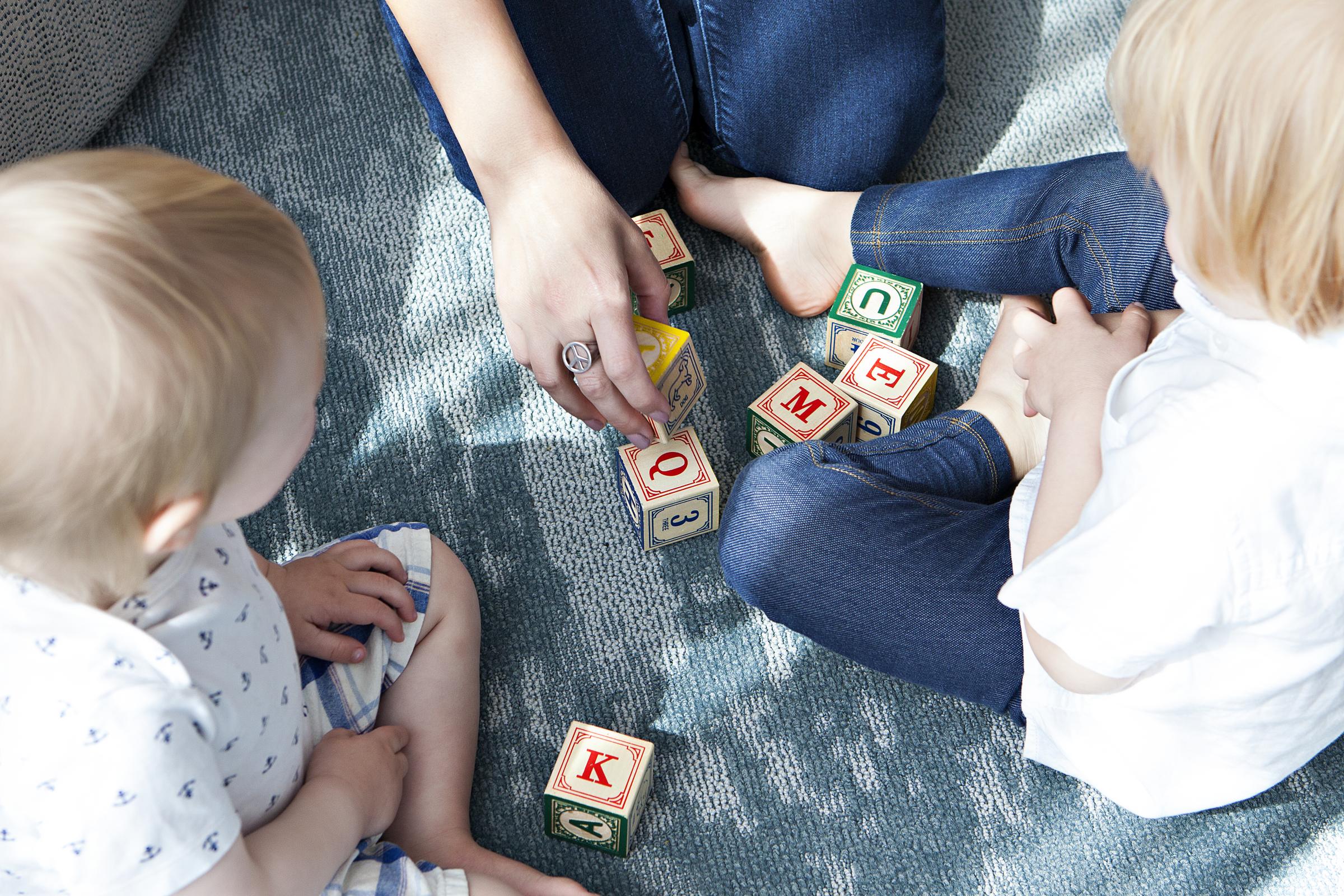
Reading
In Reading, the Prep students focussed on inferring and made text to self-connections. The students learned to make text to self-connections to texts. Students learned about making predictions about a text. The students used text clues, such as pictures to help assist and prompt them with making a guess about what the story may be about or what might happen next. They discussed their prior knowledge about a topic before reading texts to help with making predictions. Furthermore, the students engaged with inferring characters’ feelings using text clues and their prior knowledge, as well as making connections to texts.
Writing
In Writing, the Prep students continued their work on writing about a recount of an experience that has happened, utilised the elements of who, what, when and where. The students also learned how to write a narrative, with a focus on retelling narratives that they have been exposed to during Reading. They used these skills to develop and write their own narratives, including a beginning, middle and end.
Mathematics
In Maths, the Prep students learned about 3D shapes. They named and sorted all the shapes like cube, sphere. students will be engaged in a unit of Addition and Subtraction, which involved students adding and subtracting groups to find the total. Students continued working on number recognition and counting from zero to twenty, subitising. Students began a new unit on Capacity, which involved comparing objects that were heavier and lighter. In addition, students learned how to create data and interpret the data.
Inquiry
In Inquiry, the Prep students learned to understand their family history. This involved identifying members of their family, their cultural traditions and the ways different cultures are presented. The key concepts covered this term were to identity and culture, namely our place in the world and who we are. The key understandings we addressed are sharing and reflecting on personal histories and cultures and learning about Dreaming stories to help describe the cultural history of Australia’s First Peoples. Some of the key questions we used to explore these understandings were: What is my history / my story and how do I know? What are cultural traditions? What are some of my own traditions that I celebrate? What are the different ways that we show our culture to others?
Science
Throughout Term 3, the Preps have been introduced to the Physical Science strand of Science and have been learning about movement. Students have practised different movements using their own bodies, such as jumping, hopping, rolling and crawling, and have been investigating how toys and objects move, such as rolling, bouncing, spinning and sliding. Students have demonstrated their learning through various activities which have included dancing, cutting and pasting, carrying out investigations and experiments; students especially enjoyed the “investigating rolling” experiment where they put toys on a ramp to investigate which ones rolled! They also participated and performed very well in the body movement activities. Some glimpses of their tasks can be seen hereunder:
Art
The Preps have had another fantastic term in Art. They have explored the elements of shape and form, and worked with a range of materials including modelling clay, chalk and fabric. They have also created artworks using a combination of these different materials. Indigenous artworks were incorporated into some sessions and the works of Spanish artist, Pablo Picasso, were the inspiration to explore how shapes and angles can be used to create artworks. Art activities involved lots of discussion and play, as we discovered the creative possibilities in making artworks using a range of elements.
Fantastic work Preps. What wonderful artists you are!!
PE
This term was a wonderful one for the grade prep students who continued their great start to the year in Physical Education. Students have worked on moving their body and continuing to understand how to control the different movements the body makes. We have worked on throwing and catching different objects and working on consistent technique when completing this skill. We have also worked on throwing a ball into a hoop and applying a basic scoring system to help students count. We have played many different games during this term which all the students have really enjoyed, we have also engaged in just dance videos to aid in the movement of students and help them follow instructions and rules. This has been a great term for the prep students, and I am looking forward to finishing the year off with some amazing learning in term 4.
Music
During Term 3 in Music, Grade Preps continued to practise feeling and keeping a beat with percussion instruments and whole body percussion such as clapping, tapping knees and dancing. They counted a 4:4 beat and learned the symbols (stick notation) to write crotchet and quaver rhythms. Students learned the Kodaly rhythmic counting system to assist in notating beat and rhythms. They also recalled rhythmic patterns they heard. These were represented by the rhythmic counting system as ‘ta’ and ‘ti ti’. Learning this system assisted students in composition where they wrote their own rhythmic pieces. They also used digital technologies such as iPad's to access digital instruments and used applications to write music. Grade Preps continued to be exposed to a variety of songs including nursery rhymes and pop and classical music to support their knowledge of beat and rhythm. Congratulations on a wonderful term of music, Grade Preps!
LOTE
During Term 3 2024 in Auslan, Prep students increased their lessons to twice a week. They learned about:
- Deaf Culture
- Feelings
- Greeting and Questions
- Around the House
- Sea Animals
- Days of the Week and Months of the Year
- Numbers 1-20
- Weather
- Fruit
- Zoo Animals
- Wh Questions
- Handshapes
- HOLM+ NMF (Handshapes, Orientation, Location, Movement and Non-Manual Features)
- Feelings (extending on previous learning about feelings)
- About Me
- Clothing
- Medical/Health.
The Auslan signs for these topics were the core learning to extend in future Auslan learning. Lessons consisted of explicit teaching through videos, supported by activities, games, stories, songs, poems and group practice. Learning Auslan involved both expressive (signing) and receptive understanding skills (reading back what others’ sign), hence lesson activities continued to develop these skills. At this level, the students mainly worked in whole groups, managed by the teacher and were provided with the opportunity to reflect on their learning together. Students began to understand what Auslan communication is about, by watching Deaf adults signing on the videos. At this level the teacher guided and supported the students’ learning, as they also continued to develop their own skills.
